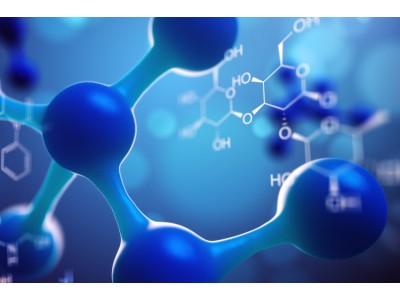| Bioactivity | Trimethylamine N-oxide dihydrate is a gut microbe-dependent metabolite of dietary choline and other trimethylamine-containing nutrients. Trimethylamine N-oxide dihydrate induces inflammation by activating the ROS/NLRP3 inflammasome. Trimethylamine N-oxide dihydrate also accelerates fibroblast-myofibroblast differentiation and induces cardiac fibrosis by activating the TGF-β/smad2 signaling pathway[1][2][3]. | ||||||||||||
| Invitro | The size and migration of fibroblasts are increased after Trimethylamine N-oxide (TMAO) dihydrate treatment compared with non-treated fibroblasts in vitro. Trimethylamine N-oxide dihydrate increases TGF-β receptor I expression, which promotes the phosphorylation of Smad2 and up-regulates the expression of α-SMA and collagen I. The ubiquitination of TGF-βRI is decreased in neonatal mouse fibroblasts after Trimethylamine N-oxide dihydrate treatment. Trimethylamine N-oxide dihydrate also inhibits the expression of smurf2[2].Trimethylamine N-oxide is frequently found in the tissues of a variety of marine organisms that protects against the adverse effects of temperature, salinity, high urea and hydrostatic pressure[3]. | ||||||||||||
| Name | Trimethylamine N-oxide dihydrate | ||||||||||||
| CAS | 62637-93-8 | ||||||||||||
| Formula | C3H13NO3 | ||||||||||||
| Molar Mass | 111.14 | ||||||||||||
| Transport | Room temperature in continental US; may vary elsewhere. | ||||||||||||
| Storage |
|

Trimethylamine N-oxide dihydrate
CAS: 62637-93-8 F: C3H13NO3 W: 111.14
Trimethylamine N-oxide dihydrate is a gut microbe-dependent metabolite of dietary choline and other trimethylamine-conta
Sales Email:peptidedb@qq.com
This product is for research use only, not for human use. We do not sell to patients.